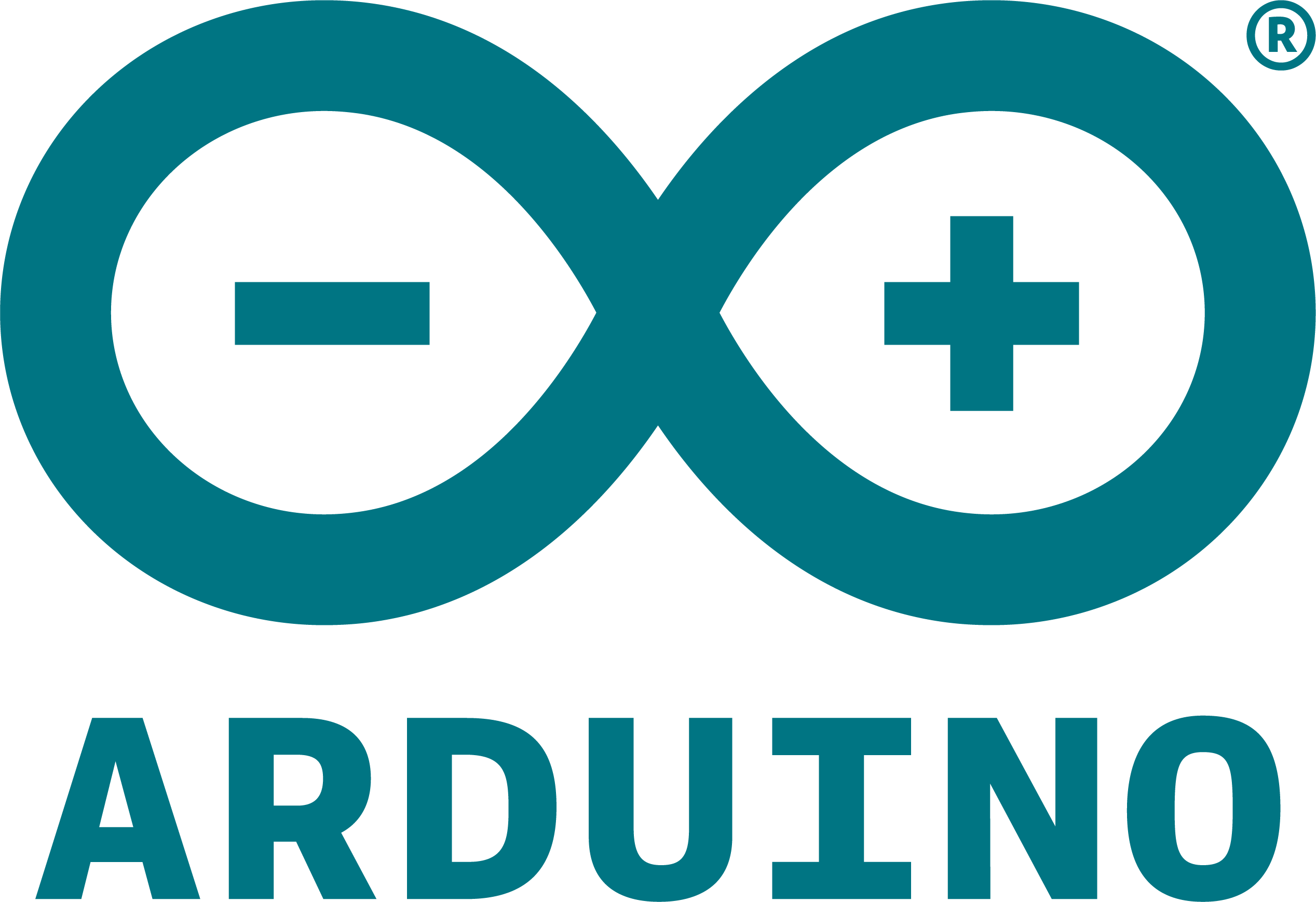
Arduino
Arduino is an open-source electronics platform that provides hardware and software solutions for building interactive objects and environments. With a mission to make technology accessible to everyone, Arduino offers easy-to-use tools and resources for people of all skill levels to explore and experiment with electronics. The company's flagship product, the Arduino board, is a microcontroller-based development board that can be used to create a wide range of projects, from simple LED displays to complex robots. Arduino also offers a comprehensive software development environment, including an integrated development environment (IDE) and a vast library of code examples and resources. These tools enable developers and hobbyists to quickly and easily prototype their ideas and bring them to life. In addition to its core products, Arduino has a thriving community of makers, enthusiasts, and educators who share their knowledge and collaborate on projects through forums, workshops, and events. Arduino's open-source philosophy and commitment to accessibility have made it a popular choice for hobbyists, educators, and professionals alike, driving innovation and creativity in the field of electronics and beyond.
BNC Interface
Results:
Results remaining:0
Applied Filters:
Arduino
No data |
About BNC Interface
BNC interface test leads play a crucial role in establishing a reliable connection between a measurement device and an electronic circuit. These test leads are designed with a variety of features to accommodate different testing requirements, ensuring accurate and secure connections. The key characteristics of BNC interface test leads include: Configuration: BNC interface test leads come in various configurations to suit different testing needs. These configurations include BNC to alligator, alligator to test probe, banana, BNC, grabber-hook, Kelvin, pin tip, SMD tweezer, Weco, and wire leads. 1st connector: The first connector on the test lead is designed to interface with the measurement device or testing equipment. It may feature a probe, clip, or plug, depending on the specific application requirements. 2nd connector: The second connector on the test lead is a BNC connector, which is commonly used to connect to oscilloscopes, signal generators, and other test equipment featuring BNC input/output interfaces. Cable length: The test leads are available in various cable lengths to provide flexibility and convenience during testing. The cable length can range from short lengths for benchtop testing to longer lengths for reaching distant test points. Wire gauge: The wire gauge of the test lead determines its current-carrying capacity and flexibility. Different wire gauges are available to accommodate various current and voltage requirements. Cable type: Test leads are available in different cable types, such as coaxial cables or multiconductor cables, to suit specific testing environments and applications. Voltage rating: The voltage rating specifies the maximum voltage that the test lead can safely handle without risk of electrical breakdown or insulation failure. Current rating: The current rating indicates the maximum current-carrying capacity of the test lead without exceeding its temperature limits or causing damage. BNC interface test leads are essential accessories for electronic testing and measurement tasks, providing a wide range of configurations and features to meet diverse testing needs. Whether it's connecting to alligator clips, test probes, banana plugs, grabber hooks, or other interfaces, these test leads offer versatile solutions for establishing reliable connections in various testing scenarios.
